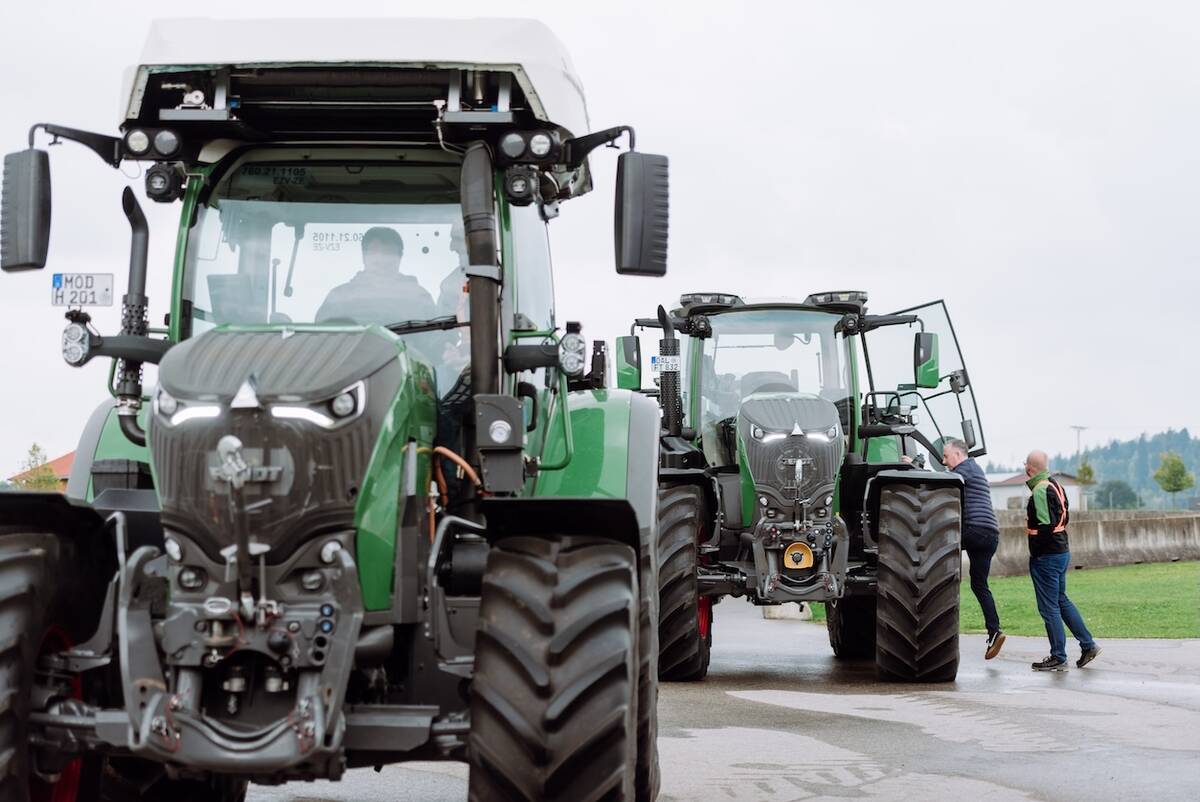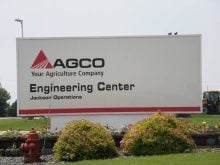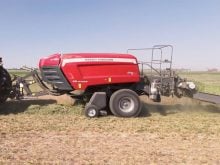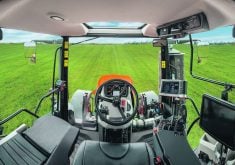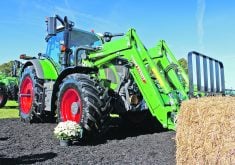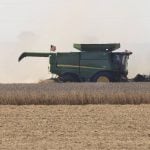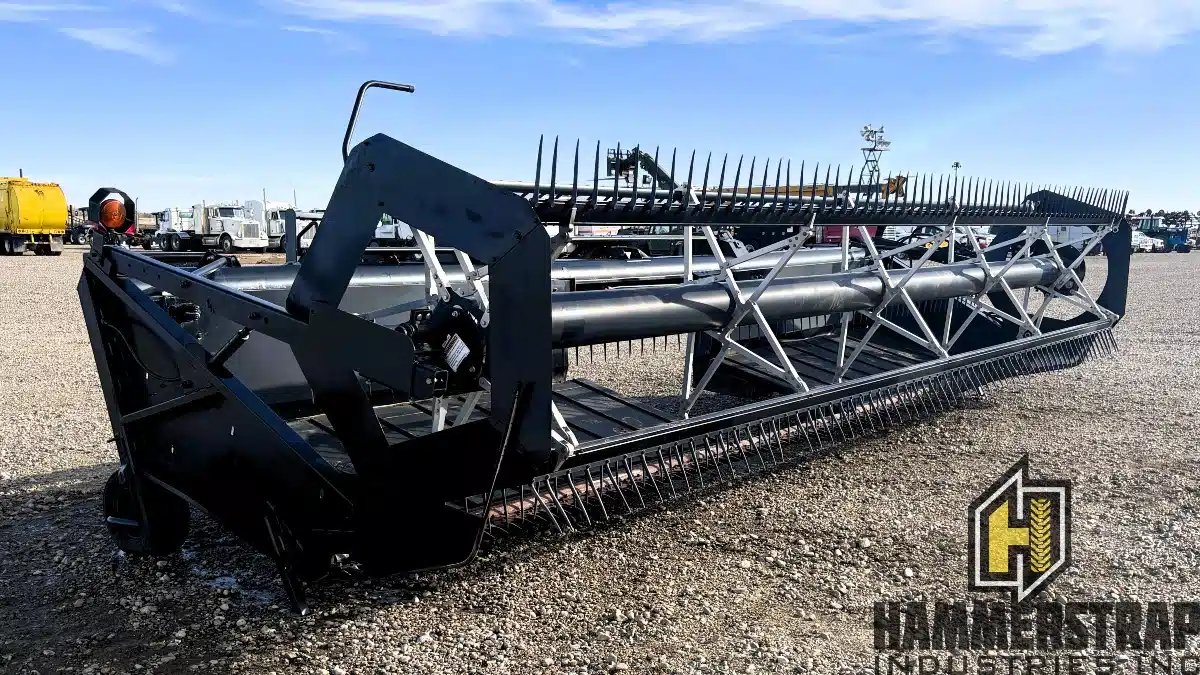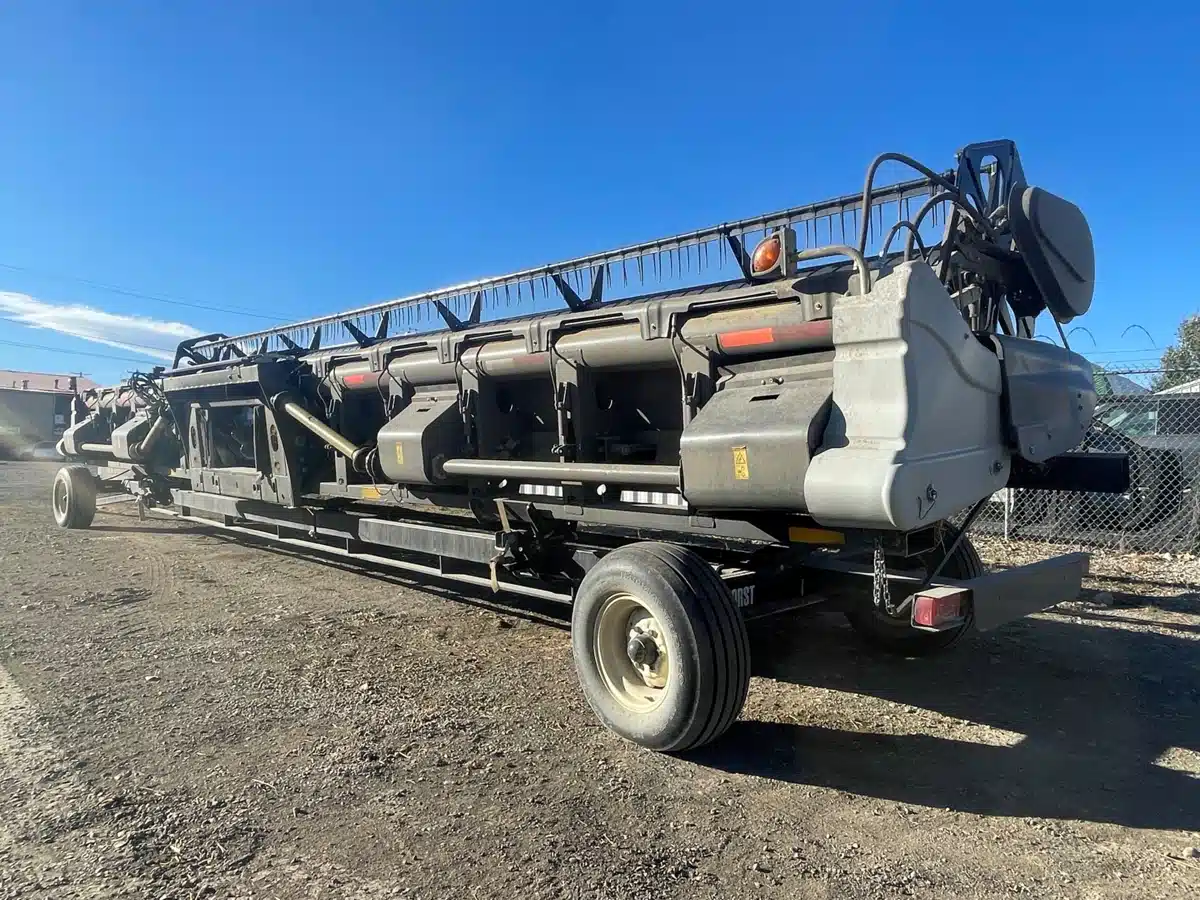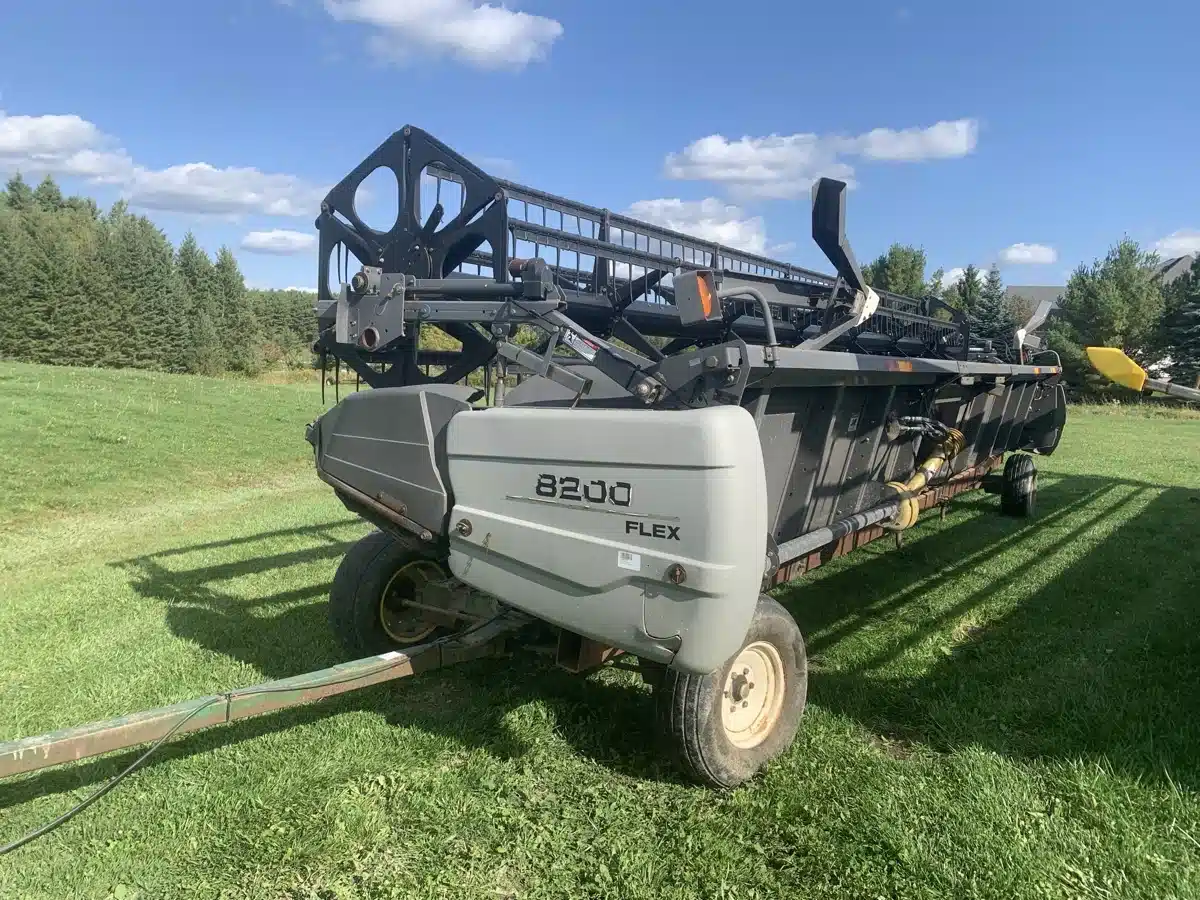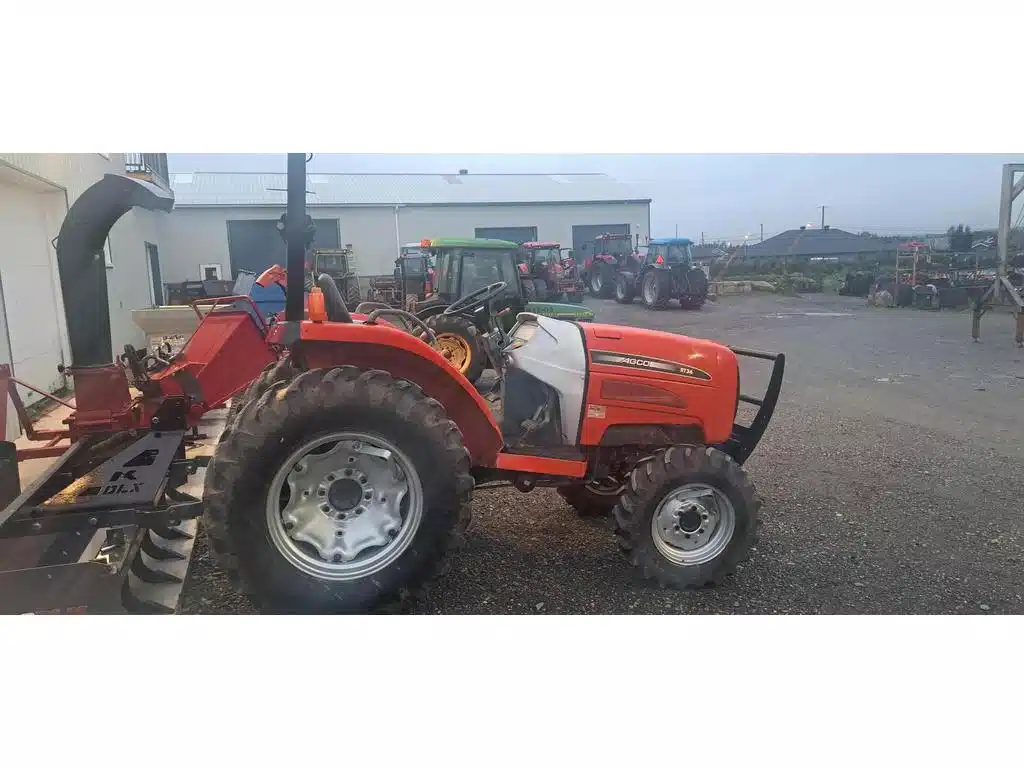At the end of September, Agco held a technology day at a century-old farm not far from its Fendt manufacturing plant in Marktoberdorf, Germany.
The company invited investment analysts there to see what new technologies it was developing, primarily through its Fendt brand, and offer perspectives on the future global ag equipment market.
Agco chief executive officer Eric Hansotia had both good and bad news to share about the demand for new machinery.
Read Also
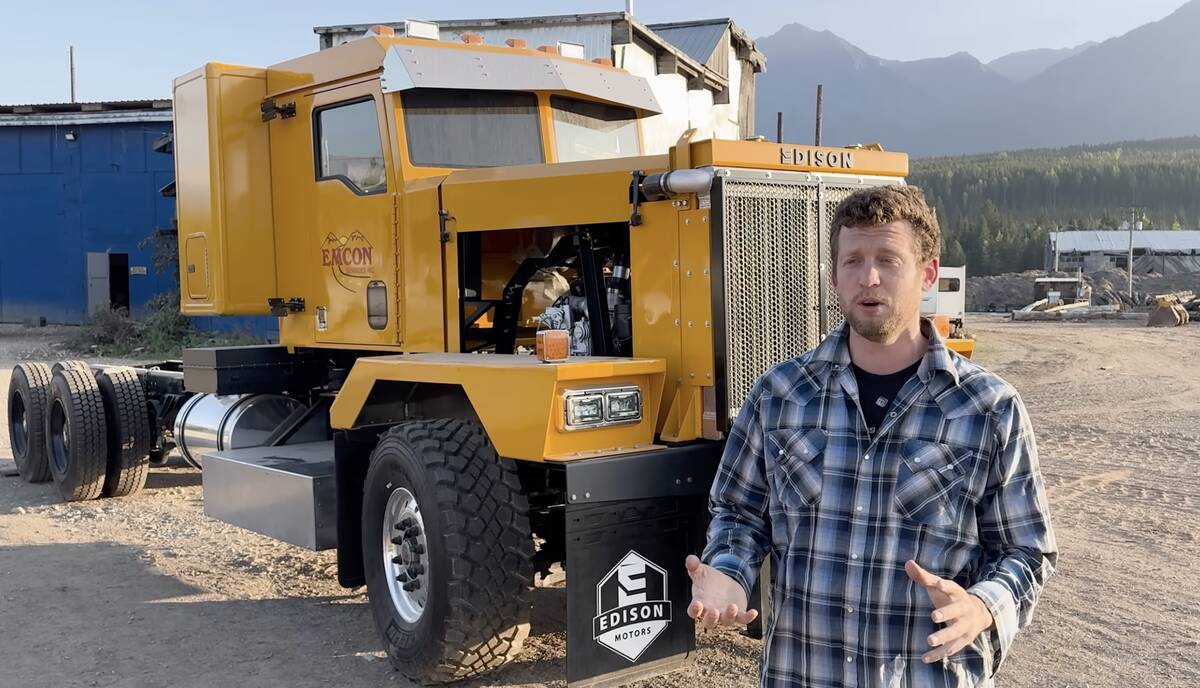
Gap in emission regulations hamstrings Canadian hybrid truck manufacturer
A B.C. company building hybrid engines for heavy trucks says they have the opportunity to build something leading edge in Canada, but our own laws are stopping them from doing it.
While company management had previously predicted that the demand cycle for new machinery was likely to turn generally positive, he said it has re-evaluated that position for North America, where the outlook has dimmed considerably.
The reason for that is uncertainty, largely caused by actions of the U.S. administration.
“Previously you’ve heard me say we’re probably going to have an up year in all four markets,” said Hansotia.
“There’s increasing pressure in North America. We haven’t come out with any guidance yet, but there’s a higher likelihood it’ll be a small down next year. Fundamental uncertainty is very strong right now.
“In North America, it’s probably the most wide ranged forecast we’ve had, maybe ever. As we look into the behaviour, the sentiment of farmers, those sorts of things, the likelihood of us having a down year next year are increasing.”
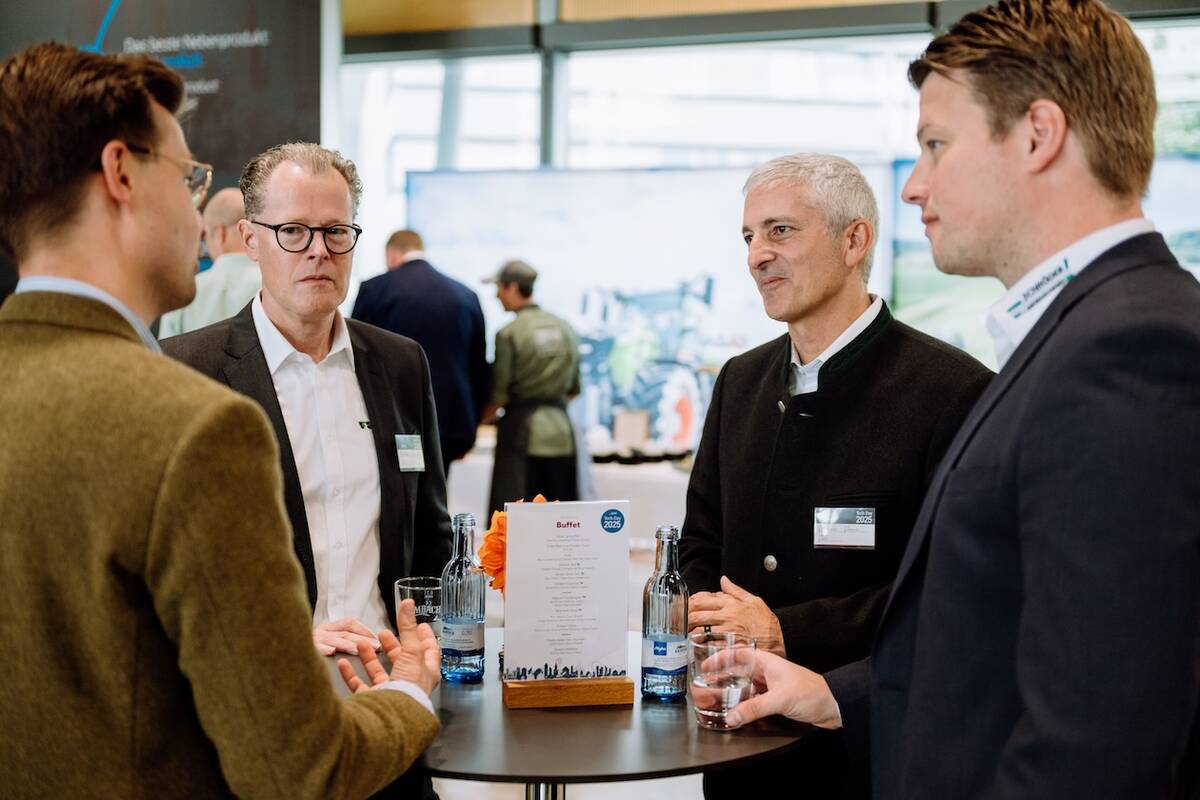
However, the story is different for other regions into which Agco sells. The company expects Europe and South America to likely be rosier over the next year. For Agco, that’s somewhat comforting because Europe and the Middle East account for roughly 58 per cent of the company’s total sales.
American farm income is falling, due in large part to China’s boycott of U.S. soybeans in retaliation for tariffs, which has put pressure on prices. Farm groups in the United States have been vocal about their need for a government bailout, which the U.S. president has said he will announce shortly.
The U.S. financial bailout of Argentina is another point of contention that has irked American farmers. Since getting billions from the U.S., Argentina has removed export tariffs on soybeans grown there, and China has made a large purchase, which left American farmers fuming.
“That’s got North American farmers very upset,” said Hansotia.
“Argentina is now the supplier of soybeans to China. So there’s just a lot of dimensions to this topic that has the U.S. farmer on hold.”
Despite a soft U.S. market, Agco is forging ahead on advancing its autonomous and digital technologies, promising to make that a prime focus for the company over the next decade.
In August, Agco’s PTx Trimble released its new farm management platform FarmEngage, which is designed to work with a multi-brand fleet.
This year, Agco also began limited commercial release of its autonomous grain cart system Outrun.
As well, tillage and fertilizer spreading systems are in the beta and alpha development stages, respectively.
Autonomous systems for spraying and planting are earlier along in their evolution.
“We’ve said we’re going to operate an autonomous element all around the cropping cycle by 2030, and we’re still doing that,” said Hansotia.
However, the uptake on autonomy may be slow at first.
“We think like guidance happened, farmers said, ‘I don’t know if I really need guidance,’ ” he said.
“That’s what happened with reaction to our autonomy kit. Then they get in our harvesting solution (Outrun), and (say) ‘this is fantastic, why would I do it any other way?’ We think the same thing will happen with tillage. And then one after another, the confidence will rise. They say, ‘this just works and it takes away a complicated task so I can be doing something else.’ ”
Technological development and farmer acceptance will both have to evolve to make that happen. As a result, Agco is focusing initial autonomous development on stages of crop production that would have lesser impacts on a season’s crop if something goes wrong. It’s hoped farmers will be more likely to accept automation there, rather than an operation such as planting or seeding.
“The farmers’ willingness to walk away from planting and not be there to watch it all happening is still low,” Hansotia said. “Because if you get planting wrong, there’s nothing else in the cropping cycle that can make up for it.”
However, he thinks as technology develops and proves its reliability, that sentiment will change.
“I think in five or 10 years from now, many of the progressive farmers are going to have many of their tasks automated. This is going to grow, I think, steadily over the next few years.”


